It is important to make sure to maximize your business tax returns. Make sure to ask yourself the relevant questions about filing your businesses’ tax return. Are you potentially eligible for the ERC? Getting these tasks done and on time is incredibly important in the long run.
The Employee Retention Credit (ERC) has the potential to limit any existing tax burden. This can be a tricky process to learn to maneuver, but ERC Benefits is here to help!
We invite you to read through the below article to help you get on your feet.
The Employee Retention Tax Credit
A fully refundable tax credit for qualified wages your business paid to employees-the Employee Retention Credit can be a great opportunity for your business. Applied to employment taxes including federal income tax withholding, Medicare and FICA, this credit helps keep individuals paid. The credit provides support to employers, especially due to COVID-19 related concerns.
The federal government created the ERC as a segment of the CARES Act in March of 2020. Just one of many provisions to assist business, Congress later expanded the ERC into multiple packages.
During 2021, certain employers can receive around 70% of employee’s qualified wages. The maximum amount is around $7,000/employee each quarter.
During 2020, individuals are able to receive a credit of up to 50% for each employee’s qualified wages. The max amount comes out to nearly $5,000 per year.
During 2020, credits can reach up to a whopping 50% of employee’s qualified wages. This amount becomes nearly $5,000 per employee for each year.
ERC and Tax Returns
Claiming the ERC on federal employment tax returns can be an amazing influx of funds. Normally found on Quarterly Federal Tax Return Form 941, it is a lot easier to amend the Form 941 if the ERC isn’t claimed right away.
Granted, if the credit exceeds more than the taxes owed, it is smart to ask the IRS to provide a refund in advance. This also applies to businesses with 500 or fewer full-time employees in 2019. This Form 7200 is a request for the advance.
The form should be filed before the end of the month following the quarter when the wages are paid.
Those Qualified for the ERC
The employers who are eligible for the ERC (Employment Retention Credit) include if they are involved/engaged in a business or trade during 2021 or into 2021. They can also be eligible if 1) A government order fully or partially shut down existing operations 2) The business experienced a reduction in receipts.
Some nonprofit businesses can also apply for the ERC, such as entities such as public universities and federal credit unions.
With 500 or fewer employees, some businesses gain more relief. Larger companies are also at an advantage when the wages are more restricted.
ERC and COVID-19
It is possible to claim the ERC if there are granted benefits from other COVID-19 programs.. Loosened restrictions thanks to the CAA legislation make this possible.
If your business had already applied for the Paycheck Protection Program and received that loan, it is still possible to gain the ERC. If the ERC isn’t claimed with the same wages that were used for PPP, it can be a major benefit. The conditions also apply to PPP loans from 2020-2021.
The Families First Coronavirus Response Act (FFCRA) is claimable if one’s business is eligible. The same wages can’t be used for both of these financial options.
IRS Definitions
Understanding the extent of the COVID-19 restrictions and shutdowns can help businesses understand if they qualify. A partial shutdown is constituted as when the government imposes restrictions. Limitations could simply impact commerce, group meetings, or travel. Staying at home orders are also included in this criteria.
Reduction in Gross Receipts
In 2021, many are eligible for the ERC if revenue had declined by around 20% or more in a given quarter. Calculating the percentage of lost revenue against similar quarters in 2019 or immediately before a certain quarter in 2020/2021 is important.
From March 13, 2020 up to December 31, 2020, at least 50% of gross receipts must have been lost. Comparing quarterly revenue with the corresponding quarter in 2019 is one easy step to identify patterns in wages and qualified individuals.
Existing Qualifying Wages
In order to file ERC tax returns properly, understanding how much is owed in qualifying wages is important. Qualified wages include compensation that is paid full-time equivalent to employees in existing quarters. Including qualified health plan expenses related to these wages can be helpful.
Numbers of full-time employees within a business in 2019 can affect your eligibility. The IRS defines full-time employees as those who work at least 30 hours a month, or around 130 hours a month.
Companies with greater than 500 full-time employees in 2019 can easily claim the ERC for wages paid to employees during non-working periods or periods of shutdown. Businesses with 500 or less employees can claim this ERC for wages paid during work or non-work related time.
Biggest Changes to Employee Retention Credits
Interestingly enough, the Infrastructure Investment and Jobs Act made significant changes to the Employee Retention Credit. Retroactively ending the ERC for many businesses in September of 2021, the deadline was December 31, 2021.
Startup businesses and their recovery are still able to claim this ERC for the fourth quarter of 2021. Recovery startup businesses are qualified as employers that begin operations on or around February 15, 2020. Annual gross receipts must equal less than $1 million.
Avoiding Unnecessary Deposit Penalties
If a company is no longer eligible for the ERC in the fourth quarter of 2021, it may be important to pay back such a credit. It is important to only make up differences if 1) there has been an advance payment of the ERC credit, 2) Employment tax deposits are reduced in preparation for the Q4 of 2021.
Penalty for failure to deposit includes applications for underpayment. Avoiding existing penalties can be important, especially if there has been an advance payment. Repaying the amount by the due date can be relevant and lead to lasting results.
By reducing tax deposits, make sure to 1) Reduce deposits in compliance with legislation, 2) Pay deposits on/before the due date for wages on December 31, 2021, 3) Report the tax liabilities from the cancellation of the ERC on your tax return for October 2021 through December 2021.
Filing Returns
The ERC can be a huge assistance for anyone’s business. If you qualify, you could save exponential amounts of funds and increase cash flows. Filing ERC tax returns can be timely, but ERC Benefits is here to help!
Reach Out Today
ERC Benefits are your helping hand when it comes to anything credit! We are your best source for reliable, expert, and ideal tax consulting services with quick and efficient filing processes. Not only is our team ready to help right away, the team can help answer your questions and see if BOTH the credit and the PPP loan can be attained.


